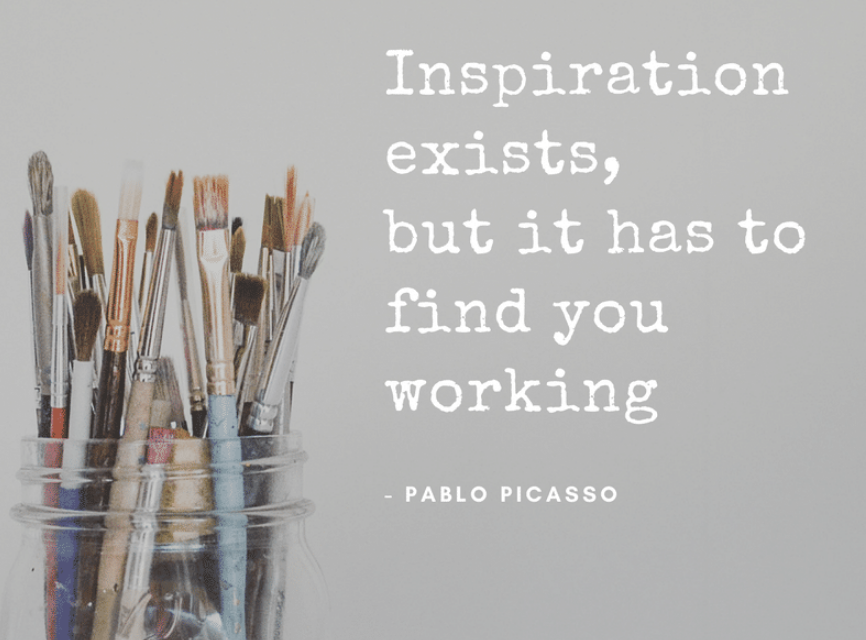Reinventing the wheel
- Ashley Jager
- Mar 25, 2022
- 2 min read

People remember 10% of what they hear, 20% of what they read, and 80% of what they see and do. (Lester, P.M. 2006. Syntactic Theory of Visual Communication.) That 80% of hands-on learning is where the Visual Arts contributes to meaningful project-based experiences. The Art I class began 3rd Trimester with a Visual Design unit involving symbols, color theory, and value gradation through the process of sgraffito.


As the students began creating symbols for their sgraffito designs, they learned about the field of Visual Communications and how symbols are used in everyday life.
Why are symbols helpful?
Symbols save time with clear communication
Delivers a unified message
A visual icon or image is retained longer than pure text
Students sketched recognizable symbols with a pure outline and selected their favorite icon for their sgraffito stencil.

We then reviewed color theory and how to mix color schemes before painting to paper with value gradation.



The next step of the process was to blend a thick layer of oil pastels on top of the painting. My students had to consider which colors would contrast their original painting so the stenciled symbols would show through.

With the oil pastel layer built up, the next step is for the symbols to be stenciled into a balanced design. The color of the painted paper will show through with each mark made on paper by hatching lines using wooden tools.



This is the exciting part of the process when the artwork starts to create a stained glass window effect!
Every artwork was once a work in progress. The sgraffito designs will continue to develop in the next few days as more of the oil pastel is drawn into. There is still much to be revealed from the layer underneath that I look forward to reflecting on with my students in the final works.


























Comments